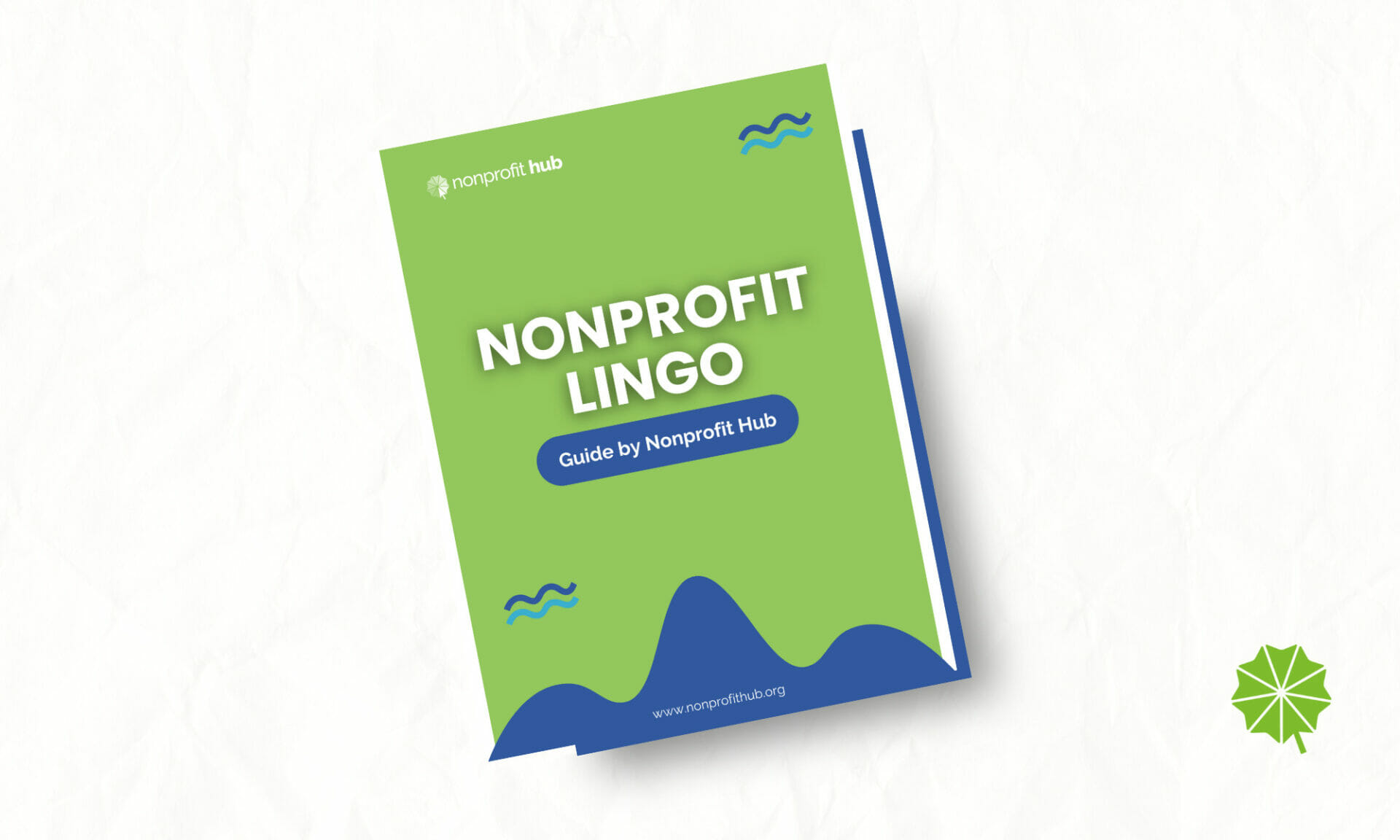
Jim Eskin Provides Donors Sound Giving Advice
November 27, 2022
The Ultimate Nonprofit Lingo Guide
November 28, 2022Nonprofit Video Marketing – Tips For Getting Started

The landscape for nonprofits is changing rapidly, and one of the most important areas of change is video marketing. For example, Facebook Live has become a major player in the fundraising space, giving nonprofits an opportunity to reach donors and others interested in their causes on a mass scale. But with so many options available, it can be hard to know where to begin. In this blog post, we’ll explore some ideas for how you can get started using video as part of your nonprofit’s strategy:
Nonprofits are under a lot of pressure to produce results on limited budgets, and that doesn’t leave much room for creativity.
Nonprofits are under a lot of pressure to produce results on limited budgets, and that doesn’t leave much room for creativity. With the average cost of a video production being $2,500–$15,000 (yes, you read that right), it can be hard for nonprofits to justify investing in video as part of their marketing strategy.
In addition to having limited resources at their disposal, nonprofits also don’t have as much time available to them when compared with other companies who may be producing videos for fun or profit. For example, if you’re working for an organization like General Electric or McDonald’s (both well known for their use of corporate videos) then chances are you’ll have more than enough time and money available to craft a compelling story about your products or services—but not so much so if you work at Shelter House Ministries!
That being said, video is an easy way to stretch your creative muscles while still achieving your goals.
Video is a great way to get your message across, show off your organization’s personality, reach people who aren’t on social media and have never heard of you before, and make it easy for them to take action.
That being said, video marketing is not only for the big guys. It is also an easy way for small organizations to stretch their creative muscles while still achieving their goals. If you want non-profit organizations to start producing more videos like these examples from The Humane Society Of The United States (HSUS), here are a few tips:
Fortunately, you can repurpose most of your existing resources to create new videos.
Your website is a great place to start. You may already have some written content that could easily be turned into a video, or you might have images that could be used for animations or illustrations. The possibilities are endless.
Another good source is social media posts! Take one of your most popular tweets or Facebook posts and turn it into a short clip that shares the same message as the original tweet or post in an engaging way.
Repurposing blog posts is another way to get started with video marketing—you can take an article from your blog and turn it into an animated GIF, then use that GIF in an explainer video about the topic covered in the article (or something related). This type of repurposing is especially effective when combined with other forms of repurposing like turning written content into videos, turning videos into infographics, and more!
In addition, luckily, there’s a lot of free software out there to help you produce content. There are programs for both Windows and Mac computers that can help you create videos with ease. Some platforms are even available for mobile devices!
- Adobe Premiere is available for both Windows and Mac computers.
- Veed is available for both PC and Mac computers.
- Movie Maker is available for Windows, Mac and Linux computers.*
Try to make sure your videos hit on all the major points of your campaign.
Start by determining your goal for creating videos.
Do you want to raise awareness of an issue? Raise money? Build a community around your cause? After determining your goals, think about what kind of content will help you achieve them. We’ve seen some nonprofits do really well by sharing stories (a good example was this video from WaterIsLife). Other nonprofits have asked people to share their own stories in return for donating money (like this one from Kiva). Still, other nonprofits have found success simply by sending out informational videos on topics relevant to their mission (like this one from Greenpeace).
Make sure your video is relevant to your audience
Your video should be relevant to the audience you are trying to reach. It’s not enough that it’s just a good video; it also has to be something that will resonate with your target audience. This will help attract more people and keep them engaged longer, making it more likely that they’ll donate or buy what you’re selling.
Make sure your video is relevant to your campaign
Your nonprofit should have a specific goal in mind when creating content, so make sure all of their videos support that purpose. Create content around specific causes so viewers know exactly where their donation will go or how they can help out. You can also post videos on social media platforms like Facebook and Twitter where people are already sharing similar content related to trending hashtags or popular topics at any given moment—this way other users might see yours among the rest and check out everything else related as well!
Make sure your video is relevant to the organization itself: This includes its mission statement and brand identity (including color schemes) which should reflect positively upon its reputation among donors who want nothing less than excellence from organizations worthy of their trust.”
Fundamentally, you want to provide information that people want to share with each other.
If it’s not worth sharing, then it’s not worth doing.
But what is a “worth sharing” topic? Well, it’s different for every organization and audience. For example: if you’re an animal shelter, your most likely content would be cute photos of pets (or photos of people working at the shelter). But if you’re a nonprofit focused on climate change or social justice issues and sustainability, then those topics may have more of a focus in your video content. There are plenty of resources available online that can help guide your decision-making.
Conclusion
Video is a great way to reach people who are more visually oriented than they are with text. It’s also a great way to repurpose your existing content so you don’t have to keep coming up with new ideas every time you want to communicate something important. You can reuse videos from past events or even create them on your smartphone. And because these days everyone watches videos online, it makes sense that nonprofits should use this format too!
Ronie Salazar
[email protected]
https://www.veed.io/
Nonprofit Video Marketing – Tips For Getting Started was first posted at INSIDE CHARITY
For more articles like Nonprofit Video Marketing – Tips For Getting Started VISIT HERE


1 Comment
[…] Source_link […]